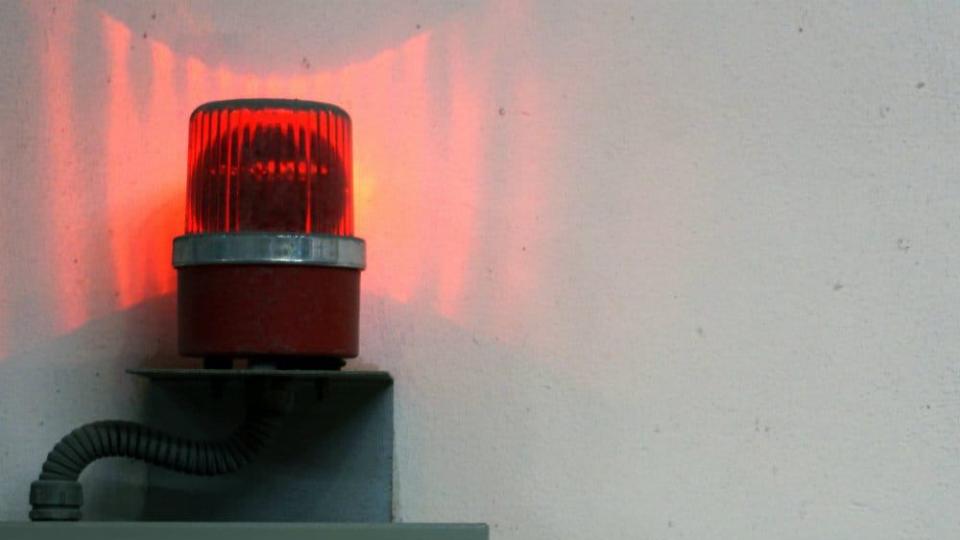Watch Out, Energy Investors: The Oil Apocalypse Has Arrived

Oil fell to an 18-year low yesterday, heralding that the oil apocalypse has arrived. The North American West Texas Intermediate (WTI) benchmark has lost a whopping 67% for the year to date. WTI briefly slid below US$20 per barrel for the first time since 2002, later rebounding to be trading at around US$21.
The Western Canadian Select (WCS) heavy oil benchmark is at its lowest point ever and could shortly even move into negative territory.
Sharply weaker crude and the poor outlook for energy is punishing oil producers. The Energy Select Sector SPDR Fund, which invests in a range of oil producers, has lost a whopping 52% for the year to date. There are signs that the bloodbath for oil and energy stocks is far from over.
Oil markets on the brink
A massive demand shock created by a rapid and unprecedented economic slowdown triggered by the coronavirus is looming. This will cause demand for oil fall sharply with some analysts expecting it to fall by up to 11 million barrels daily. That will overwhelm any supply response, particularly in a market where Saudi Arabia and Russia are gearing up to significantly boost their oil output.
The countries, which are the world’s second- and third-largest oil producers, respectively, are planning to add up to three million barrels daily to global energy markets already experiencing a massive supply glut.
A combination of sharply reduced consumption combined with a massive increase in supply will overwhelm global storage, causing oil prices to collapse further. It is speculated that this would cause WTI to below US$10 per barrel, which would be a disaster for the oil patch.
Some energy analysts are even predicting that once global oil storage reaches capacity, negative oil prices are possible. The emerging consensus is that oil prices will remain sharply weaker for a prolonged period, unless Saudi Arabia, its OPEC allies, and Russia work together to resolve their differences.
Canada’s crisis
A further deep decline in global oil prices would be a disaster for Canada’s oil patch. WCS has fallen to under US$5 per barrel and appears poised to become worthless in coming days. That means many, if not all Canadian heavy oil producers, are pumping crude at a significant loss.
Canada’s third-largest oil sands company Cenovus (TSX:CVE)(NYSE:CVE) reported 2019 operating and transportation expenses of $17.09 per barrel of heavy oil produced. That is roughly triple the current market price for WCS, highlighting that Cenovus’s heavy oil assets are operating at a considerable loss.
In response to the oil apocalypse, Cenovus has sharply reduced its capital spending for 2020. Cenovus reduced its overall budget by 32% to around $1 billion. While that will go some way to protecting its cash flows and balance sheet, it won’t be enough in the current operating environment.
This will cause forecast oil production to fall by 5% to 486,000 barrels daily at the upper end of those estimates. That will further impact Cenovus’s ability to generate revenue in a difficult operating environment.
Cenovus will need to shutter loss-making operations if it is to preserve cash flow and a vulnerable balance sheet. If WCS falls any further, that will be most of Cenovus’s operational heavy oil assets. For a company with $6.7 billion in long-term debt and another $1.7 billion in lease liabilities, that it is a worrying development.
This means that Cenovus will struggle to weather the oil apocalypse and emerge in good shape because of its substantial debt.
Looking ahead
Current events in energy markets point to a major shake-up of the petroleum sector. Sharply weaker oil prices for a sustained period will spark a swathe of bankruptcies, particularly among high-cost unconventional oil producers. Canada’s oil sands industry has some of the highest breakeven costs in North America.
Many smaller, heavily indebted, upstream Canadian oil companies such as MEG Energy and Baytex will not only be forced to shutter operations but could even face the prospect of bankruptcy. While Cenovus’s position is precarious, its combination of scale and integrated assets including upstream oil production as well as refining operations will help it survive.
The post Watch Out, Energy Investors: The Oil Apocalypse Has Arrived appeared first on The Motley Fool Canada.
More reading
CRA Emergency Measures: No Financial Hardship for Taxpayers in 2020
Market Crash: How TFSA Investors Can Turn $10,000 Into $200,000 in 20 Years
Fool contributor Matt Smith has no position in any of the stocks mentioned.
The Motley Fool’s purpose is to help the world invest, better. Click here now for your free subscription to Take Stock, The Motley Fool Canada’s free investing newsletter. Packed with stock ideas and investing advice, it is essential reading for anyone looking to build and grow their wealth in the years ahead. Motley Fool Canada 2020

 Yahoo Finance
Yahoo Finance 